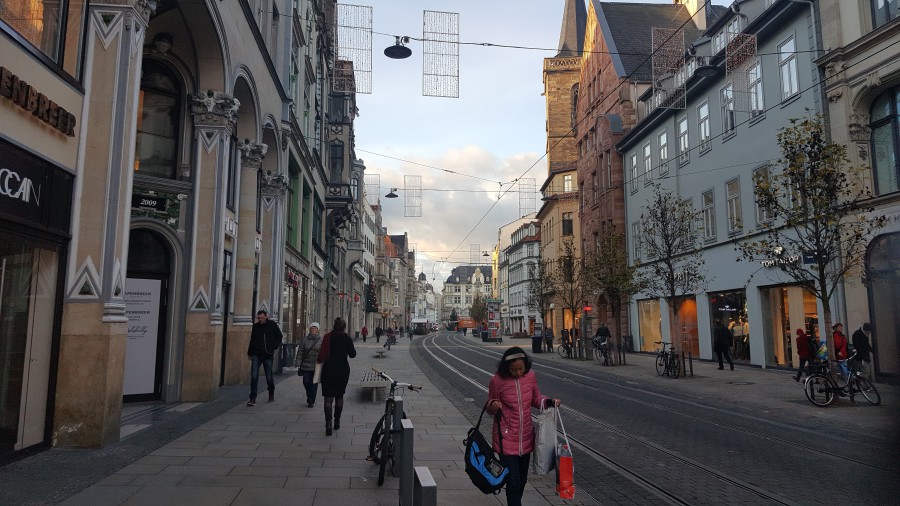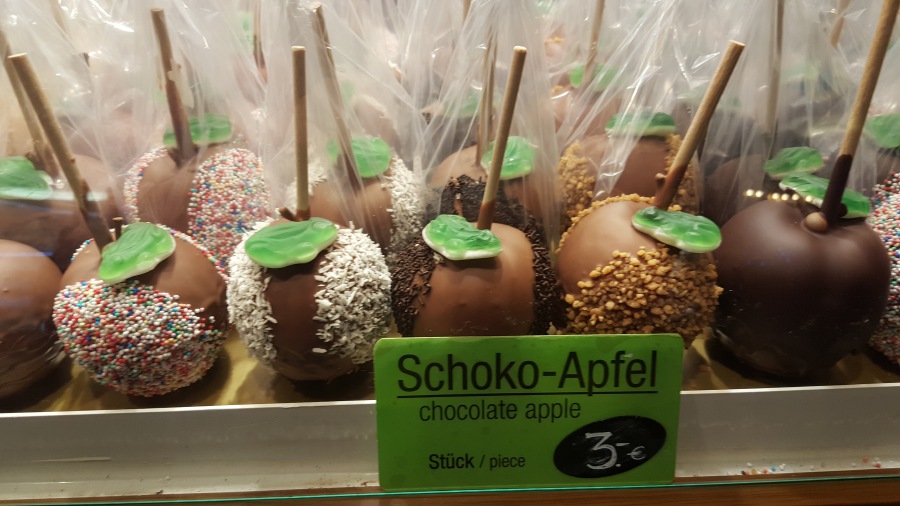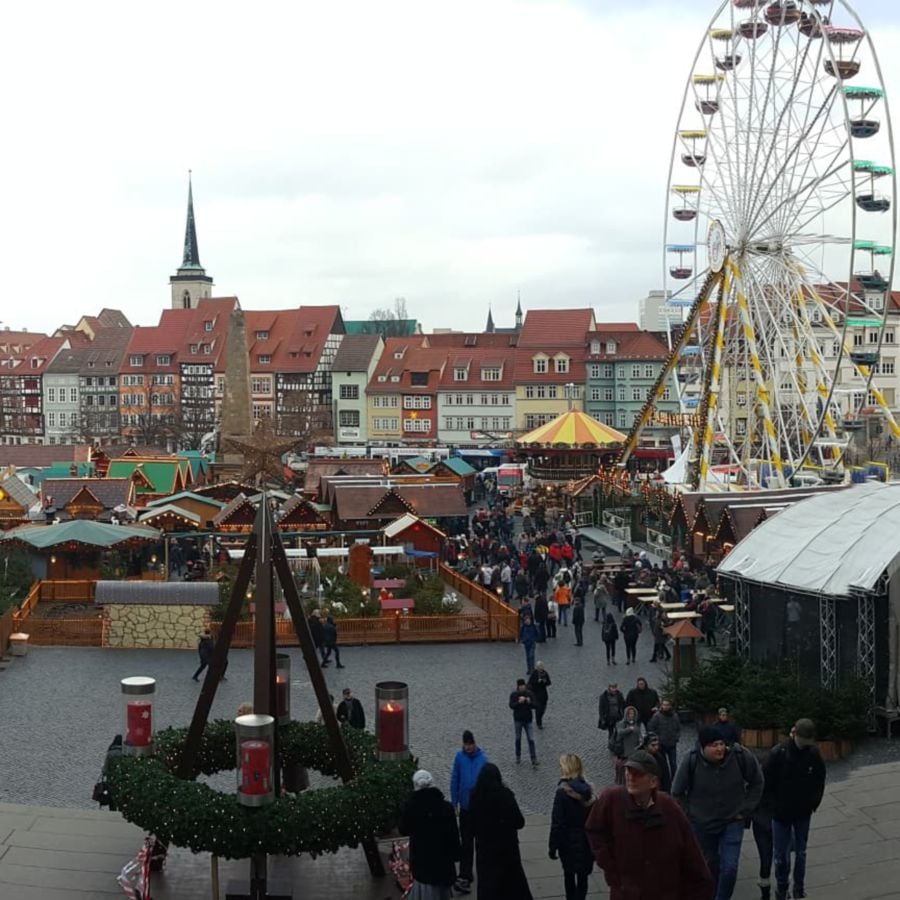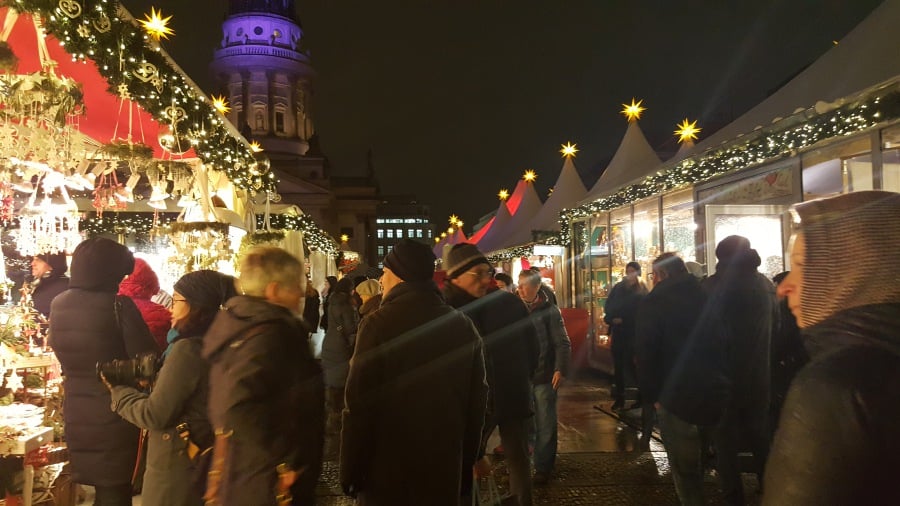Lokman Mansor finds out why Christmas markets are a popular tourist attraction in Germany
WITH New Year around the corner, why not add a visit to Germany next December in your 2018 to-do-list. Regarded by many as the birthplace of the Christmas markets that have since spread across Europe and even to North America, visitors are spoilt for choice, with every city hosting several markets of different sizes, each with its own speciality.
Traditionally held in the town square, the markets bring to mind a combination of your typical pasar malam and funfair, but with beautifully decorated stalls and lighting. Selling a range of traditional delicacies and snacks, drinks, handcrafts and seasonal items, they are a popular tourist attraction during the Christmas holiday season, drawing in millions of visitors every year.
The German National Tourist Board recently organised a Press trip of Southeast Asian media to visit Christmas markets in four cities over four days. The writer — who developed an addiction to hot chocolate and roasted chestnuts as a result — shares the highlights.

DAY 1: FRANKFURT
In terms of visitor numbers and size, Frankfurt’s Christmas Market is one of the largest in Germany. The elaborate and creative stand decorations, the scenic surroundings on the Romerberg and St Paul’s Square and the huge Christmas tree combine to also make it one of Germany’s most beautiful.
There are over 200 sales booths offering Christmas specialities like Bethmannchen, a delicate almond and marzipan biscuit, and Quetschemannchen, small figurines made of dried plums. Modern interpretations of old classics, like Green Sauce crepes served with brisket of beef or Handkas fondue, have also become very popular in recent years.
Popular gift ideas include apple wine mustard, Frankfurt Crown Cake liqueur, a miniature, build-it-yourself model of St Paul’s Church, decorative Frankfurt glitter balls, biscuit cutters, apple wine jam or decorated mulled wine mugs.

DAY 2: ERFURT
Centrally located in the heart of Germany, Erfurt is almost 1,300 years old and has one of the best preserved medieval town centres anywhere in the country. Said to be Germany’s largest single heritage site, Erfurt boasts an ancient abbey, magnificent churches and grand patrician townhouses.
The Erfurt Christmas Market is surrounded by buildings of the historical old town, and welcomes people from around the city with its delicious smells of culinary specialities such as mulled wine, baked apples, gingerbreads, Stollen (a special Christmas cake of the region) and the famous Thuringian grilled sausages. There’s also all kinds of rides and entertainment, including choirs, orchestras and storytellers.
The square is beautifully decorated with a huge, candle-lit Christmas tree and a large, handcarved wooden creche. More than 200 booths offer traditional Thuringian handcrafts and sweets.

DAY 3: DRESDEN
Dresden, capital of the eastern German state of Saxony, has retained much of its classic architecture after being almost totally destroyed in during the Second World War. With a total of 11 Christmas markets, traditional crafts, and sparkling lights throughout the city centre justify its reputation as the Capital of Christmas.
The Striezelmarket in Dresden dates back to 1434 and is one of the oldest Christmas markets in Germany. Its name is derived from the middle-high German word “Struzel” or “Striezel”, the Dresden Stollen, which plays a central role on the Striezelmarkt.
The Christmas markets will appeal to all your senses. The air is rich with the aroma of roasted almonds, incense cones. Spekulatius ginger biscuits and mulled wine.
Dresden in Christmas also means a varied choice of annually recurring events. There are guided Christmas tours, special exhibitions, advent concerts for adults, and ballets and musical fairytales for children.

DAY 4: BERLIN
The city has over 60 different Christmas markets, each with its own unique flair. The Christmas market at the historic Gendarmenmarkt square is one of the Berliners’ best-loved markets — with traditional Christmas goodies, upscale food stalls and a great selection of arts and crafts.
Unlike the other markets we visited, this one had an entry fee (1 Euro), but you can keep the ticket for multiple entries during the night.
Security was visibly stepped up here, partly following a terrorist attack in December 2016 when a truck was deliberately driven into a Christmas market next to the Kaiser Wilhelm Memorial Churh at Breitscheidplatz in Berlin, leaving 12 dead and 56 injured.
This last city on the tour is nothing if not one steeped in history. Other destinations of historical significance around the city include Checkpoint Charlie, the Berlin Wall, and the Holocaust Monument.







